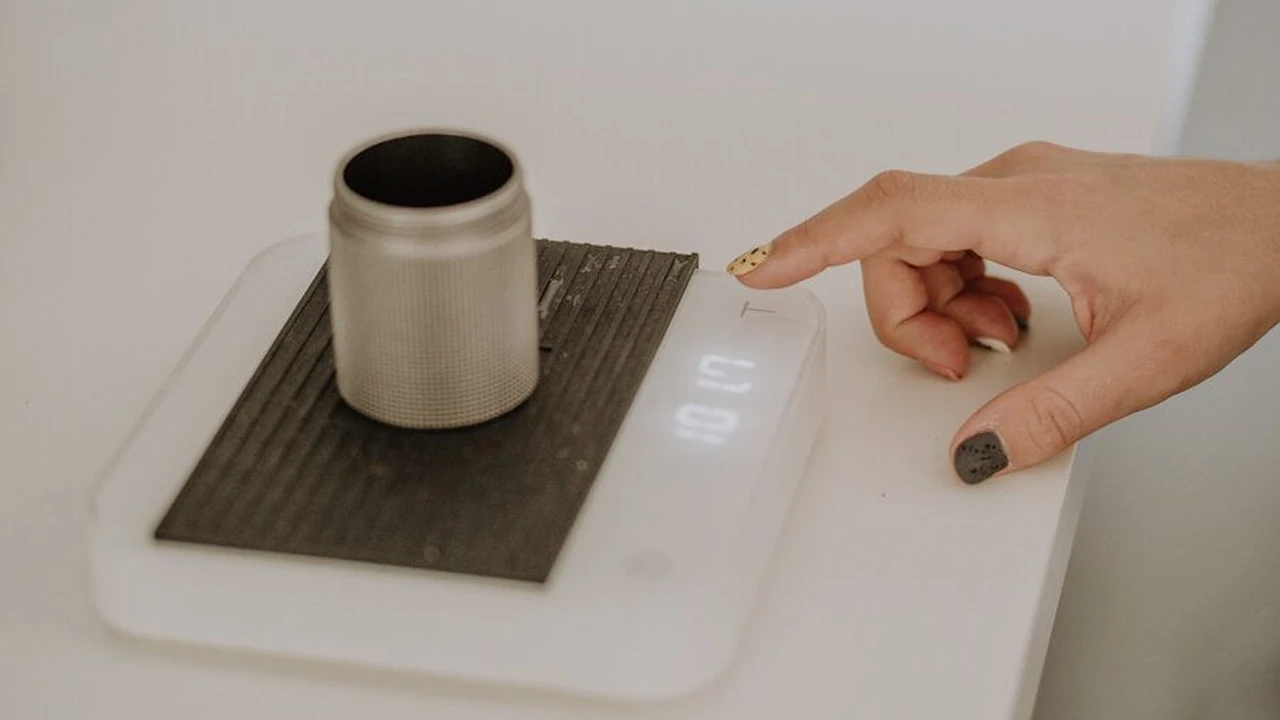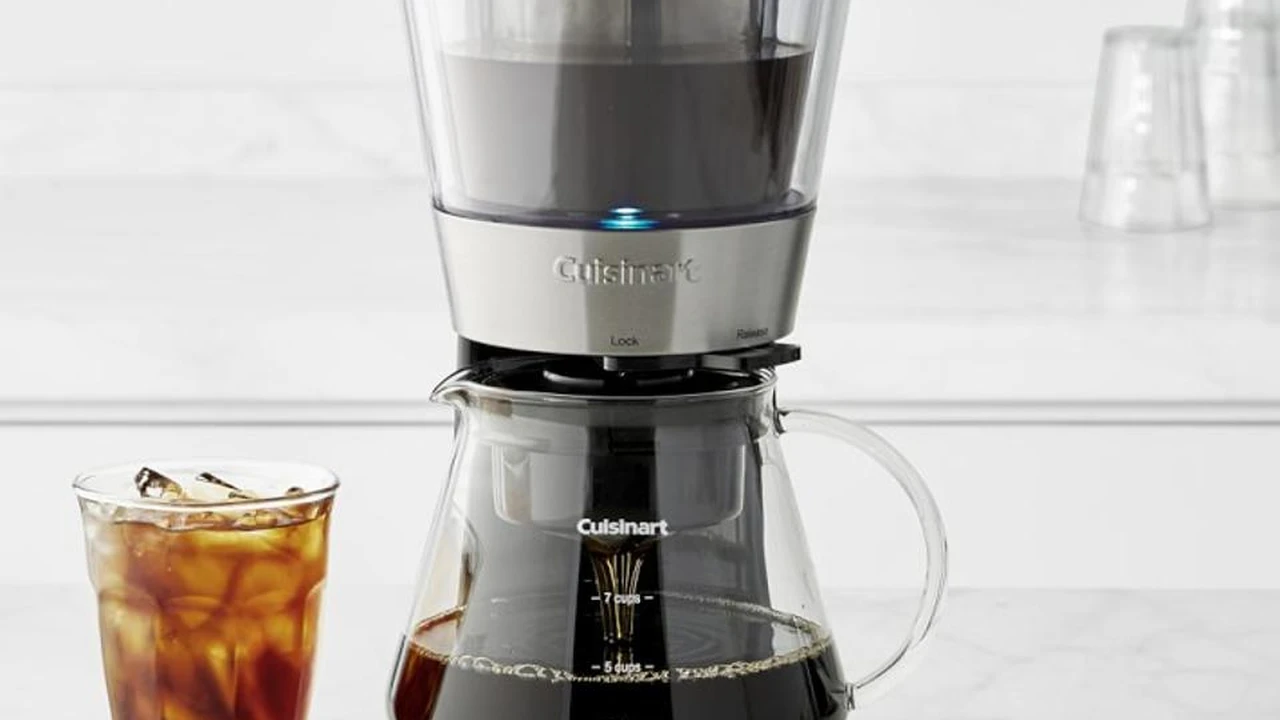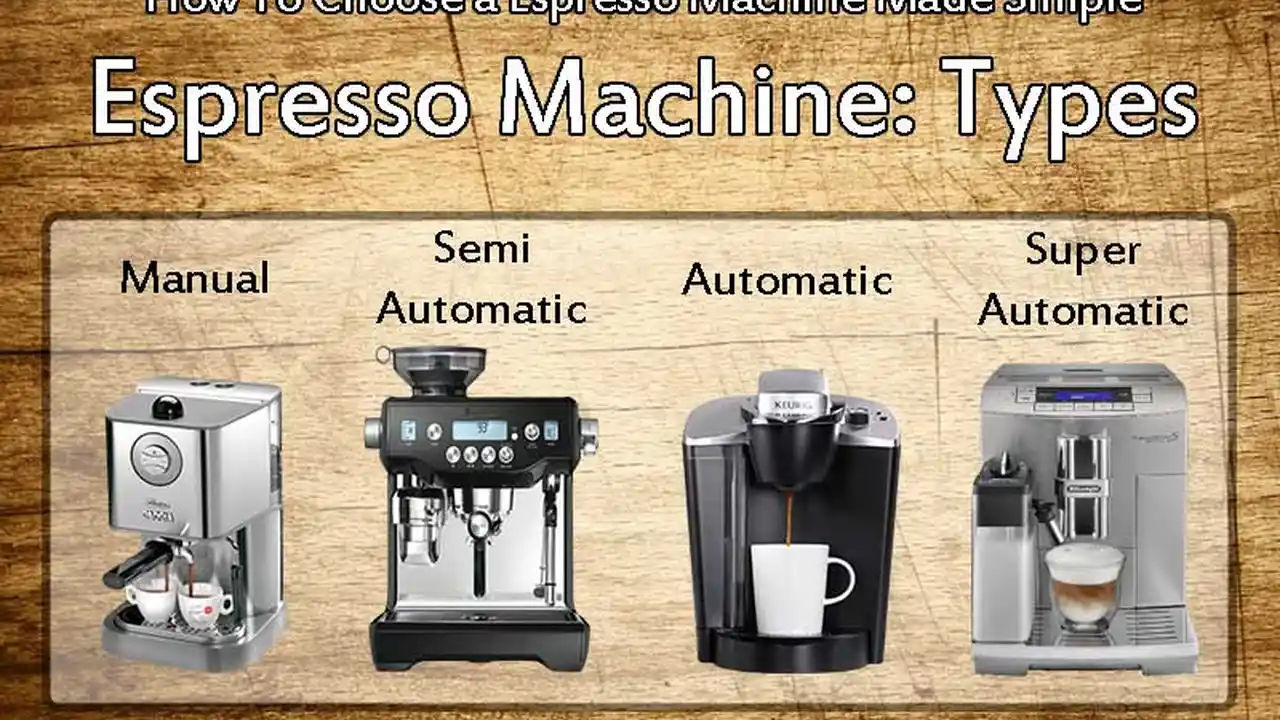Coffee Scales: Why You Need One for Precise Brewing

meta_description: Discover the convenience of coffee pod machines and explore how they compare to traditional brewing methods in terms of quality, cost, and environmental impact. Find detailed product recommendations and usage scenarios.
Understanding Coffee Pod Machines and Their Convenience
Coffee pod machines, also known as single-serve coffee makers, have revolutionized the way many people enjoy their daily cup of joe. Their primary appeal lies in their unparalleled convenience. Imagine waking up on a busy morning and, instead of going through the hassle of grinding beans, measuring coffee, and cleaning up afterwards, you simply pop in a pod, press a button, and within seconds, you have a perfectly brewed cup of coffee. This ease of use is a major draw for individuals with hectic lifestyles, small office environments, or anyone who appreciates a quick and effortless coffee experience.
But convenience isn't the only thing these machines offer. Many models come with programmable features, allowing you to customize your brew strength and cup size to your exact preferences. Some even offer the ability to brew other beverages like tea, hot chocolate, or even specialty drinks like lattes and cappuccinos, further enhancing their versatility.
Coffee Quality: Pod Machines vs Traditional Brewing Methods
While coffee pod machines excel in convenience, the question of coffee quality often arises when compared to traditional brewing methods. Traditional methods, such as pour-over, French press, or drip coffee makers, give you greater control over the brewing process, allowing you to fine-tune factors like water temperature, coffee-to-water ratio, and brewing time. This level of control can result in a richer, more nuanced cup of coffee that highlights the unique characteristics of the beans. However, the consistency of the brew is heavily dependent on the skills of the brewer.
Pod machines, on the other hand, automate the brewing process, ensuring a consistent cup of coffee every time. However, this consistency comes at a potential sacrifice in flavor complexity. The coffee in pods is often pre-ground and sealed, which can lead to a loss of aroma and flavor over time. Furthermore, the brewing parameters are typically fixed, limiting your ability to experiment and customize the brew to your liking. However, manufacturers are constantly innovating, with some now offering pods filled with high-quality, freshly roasted beans to bridge the gap in flavor.
Cost Analysis: Are Coffee Pods Economical in the Long Run?
The initial investment in a coffee pod machine is generally lower than that of a high-end espresso machine or a sophisticated pour-over setup. However, the ongoing cost of coffee pods can quickly add up, especially for frequent coffee drinkers. Each pod typically costs between $0.50 and $1.00, depending on the brand and type of coffee. This can be significantly more expensive than buying whole beans and grinding them yourself, which allows you to control the cost per cup.
Consider this scenario: If you drink two cups of coffee per day, using coffee pods could cost you between $365 and $730 per year. In contrast, buying a bag of whole beans and grinding them yourself could cost you significantly less. Some users have found ways around this by using refillable pods and filling them with their own ground coffee, reducing the cost per cup but also adding back some of the convenience they sought.
Environmental Impact: Addressing the Pod Waste Issue
One of the most significant criticisms of coffee pod machines is their environmental impact. The vast majority of coffee pods are made from plastic or aluminum, which are not easily biodegradable and can contribute to landfill waste. While some manufacturers offer recyclable pods, the recycling process can be complex and often requires consumers to take extra steps, such as emptying the pods and separating the components. Even then, not all recycling facilities are equipped to handle these types of materials.
Fortunately, there are growing efforts to address the pod waste issue. Some companies are developing compostable pods made from plant-based materials, which offer a more sustainable alternative. Other initiatives focus on improving the recycling infrastructure and educating consumers about proper recycling practices. Choosing eco-friendly pods or opting for a machine that uses refillable pods can significantly reduce your environmental footprint.
Coffee Pod Machine Recommendations: Top Models and Their Features
Choosing the right coffee pod machine depends on your individual needs and preferences. Here are a few top models to consider:
Keurig K-Elite: The Classic Choice for Convenience and Variety
The Keurig K-Elite is a popular choice for its ease of use and wide variety of K-Cup pods available. It features a strong brew setting, programmable auto-off, and a large water reservoir. It's perfect for individuals or small offices who want a quick and convenient cup of coffee with minimal fuss. The K-Elite typically retails for around $150.
- Pros: Extremely convenient, wide variety of pod options, programmable features, strong brew setting.
- Cons: Can be noisy, limited control over brewing parameters, pod waste.
- Best for: Individuals or small offices who prioritize convenience and variety.
Nespresso VertuoLine: Espresso-Style Coffee with a Touch of Luxury
The Nespresso VertuoLine uses a unique centrifusion technology to brew espresso-style coffee with a rich crema. It offers a range of pod sizes, from espresso shots to larger coffee cups. The VertuoLine is a good option for those who enjoy espresso-based drinks but don't want the hassle of a traditional espresso machine. Prices start around $200.
- Pros: Produces high-quality espresso-style coffee, convenient, range of pod sizes.
- Cons: Only compatible with Nespresso VertuoLine pods, which can be more expensive than K-Cups, pod waste.
- Best for: Espresso lovers who want a convenient and consistent brewing experience.
Breville Creatista Plus: Blending Pod Convenience with Espresso Customization
The Breville Creatista Plus offers a blend of pod convenience and espresso customization. It uses Nespresso pods but also features a built-in milk frother, allowing you to create specialty drinks like lattes and cappuccinos with ease. This machine is a good option for those who want the convenience of a pod machine but also appreciate the ability to customize their drinks. Retails for around $600.
- Pros: Convenient, built-in milk frother, customizable drink options, produces high-quality espresso.
- Cons: Expensive, only compatible with Nespresso pods, pod waste.
- Best for: Espresso enthusiasts who want a convenient way to make specialty drinks.
Reusable Coffee Pods: A Sustainable and Economical Alternative
If you're concerned about the cost and environmental impact of single-use coffee pods, consider using reusable coffee pods. These pods can be filled with your own ground coffee, allowing you to control the cost per cup and reduce waste. They're compatible with many Keurig and Nespresso machines. A set of reusable pods typically costs between $15 and $30.
- Pros: Economical, environmentally friendly, allows you to use your favorite ground coffee.
- Cons: Requires more effort than using pre-filled pods, can be messy.
- Best for: Eco-conscious coffee drinkers who want to save money.
Choosing the Right Coffee Pod Machine for Your Needs
Ultimately, the best coffee pod machine for you depends on your individual needs and preferences. Consider factors such as your budget, the type of coffee you prefer, your level of convenience, and your environmental concerns. By carefully weighing these factors, you can choose a coffee pod machine that provides you with a satisfying and convenient coffee experience without compromising on quality or sustainability.
Usage Scenarios: When Coffee Pod Machines Shine
Coffee pod machines are particularly well-suited for certain usage scenarios:
- Busy Mornings: When time is of the essence, a coffee pod machine can provide a quick and easy cup of coffee before you head out the door.
- Small Offices: In small office environments, a coffee pod machine can be a convenient and cost-effective way to provide coffee for employees.
- Single-Person Households: If you're the only coffee drinker in your household, a coffee pod machine can eliminate the need to brew a whole pot of coffee.
- Guest Use: Coffee pod machines are easy for guests to use, making them a convenient option for entertaining.
Maintenance and Care Tips for Coffee Pod Machines
To keep your coffee pod machine running smoothly and producing high-quality coffee, it's important to perform regular maintenance and care. Here are a few tips:
- Descale Regularly: Hard water can cause mineral buildup in your machine, which can affect its performance. Descale your machine regularly using a descaling solution.
- Clean the Pod Holder: The pod holder can accumulate coffee grounds and oils, which can affect the flavor of your coffee. Clean the pod holder regularly with soap and water.
- Empty the Water Reservoir: Empty the water reservoir after each use to prevent stale water from affecting the flavor of your coffee.
- Follow the Manufacturer's Instructions: Always refer to the manufacturer's instructions for specific maintenance and care recommendations.
:max_bytes(150000):strip_icc()/277019-baked-pork-chops-with-cream-of-mushroom-soup-DDMFS-beauty-4x3-BG-7505-5762b731cf30447d9cbbbbbf387beafa.jpg)






